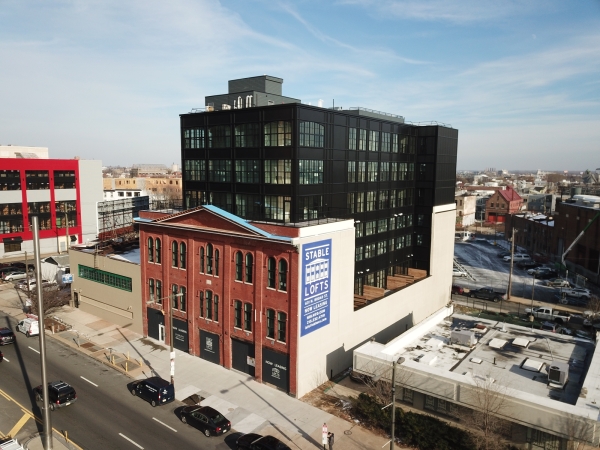The systems we choose, the materials and equipment we specify, and the construction methods used onsite, play a significant role in reducing the embodied carbon of a building. Recognizing the importance of reducing carbon in all aspects of our design, Bala is seizing the opportunity to positively influence and reduce the embodied carbon emissions emitted for our projects.
Embodied carbon is the carbon emitted from the full life cycle of a building - starting at extraction of raw materials and extending all the way through disposal. We’ve adopted embodied carbon goals for both our MEP practice and our Structures practice.

We are incorporating the following measures into our design process:
- Requesting low-GWP (global warming potential) refrigerant for our designs
- Requesting environmental product declarations (EPDs) in our product specifications
The MEP 2040 Challenge requires unique and exciting cross-industry collaboration. Bala is participating in quarterly CLF MEP 2040 forums, participating in bi-weekly embodied carbon working groups, and conducting research alongside design partners and product manufacturers.

Our SE 2050 efforts align around four spheres of influence – education, reporting, reduction, and advocacy.
We have already taken action by providing internal and external education on embodied carbon and mass timber. We are setting an emissions project baseline to best measure and employ reductions strategies in our designs and specifications for 2023.
Read our Embodied Carbon Action Plan


> Our project carbon reduction goals are estimated to work together and achieve carbon neutral buildings earlier than 2050.
